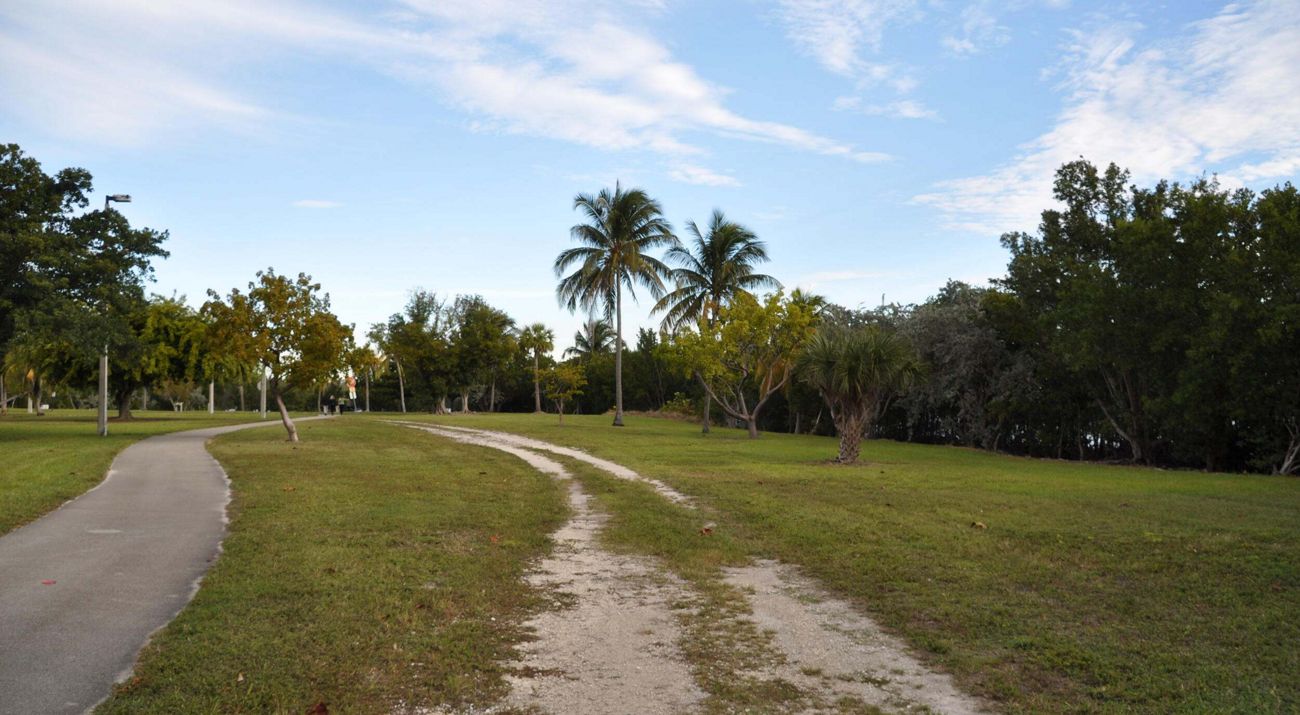In November 2004, Osceola County voters overwhelming approved a $60 million bond referendum to establish the County’s Environmental Lands Conservation Program (ELCP), in an effort to acquire, protect, and manage environmentally significant lands and green space in the heart of Central Florida.
In 2007, the County’s new Environmental Lands Coordinator approached The Trust for Public Land about utilizing its Greenprinting process to create a defendable, transparent analysis tool that could hone in on the highest and best opportunities to achieve the ELCP’s multiple conservation goals through the most efficient and effective strategy. The County's Land Conservation Advisory Board served, in effect, as the Stakeholder/Steering Committee to define the Osceola County Greenprint goals and criteria. These goals formed the foundation of the computer modeling effort that mapped which lands best met the county’s voter-approved conservation needs.
Year Published: 2009
State: Florida
Landscape Context: Inland
Housing Density: Suburban
Funding Type: Both (Public and Private)
Habitat Focus: Planted/Cultivated, Wetlands
Organizations Involved:
The Trust for Public Land, Osceola County's Environmental Lands Conservation Program, Osceola County
Values:
Water Supply, Floodplains/Flood Prevention, Open Space/Habitat, Social Equity, Biodiversity
Stakeholder Involvement:
To ensure accountability in the program, the County created a broad-based, citizen-driven Land Conservation Advisory Board (LCAB). The nine-member, County Commission-appointed
body is comprised of representatives from the business, civic, agricultural, environmental and governmental communities, as well as representatives from the cities of Kissimmee and St. Cloud.
The LCAB reviews potential conservation land acquisitions using a site criteria matrix, and recommends acquisition of properties consistent with the goals of the program to the Board of County Commissioners, which has the ultimate responsibility for approving which lands are acquired for conservation.
Planning Process:
The Greenprint was developed through a series of workshops, detailed below:
- Workshop I: Kick-off meeting to review project timeline; draft Greenprint goals and criteria taken from Land Elegibility and Acquisition Criteria.
- Workshop II: LCAB reviewed and refined goals and criteria; intermediate maps identified greenspace opportunities.
- Workshop III: LCAB reviewed and refined intermediate results.
- Workshop IV: Sub-committee assigned weights to goals and criteria; finals maps identified greenspace opportunities.
- Workshop V: LCAB reviewed and approved final maps.
Desired Outcomes:
The practice of effective land conservation requires the employment of a variety of both public and private tools to protect land for public enjoyment. The common thread woven among these conservation tools, listed below, is the value of conserving the lands most important to the recreational, environmental and economic needs of Osceola County.
